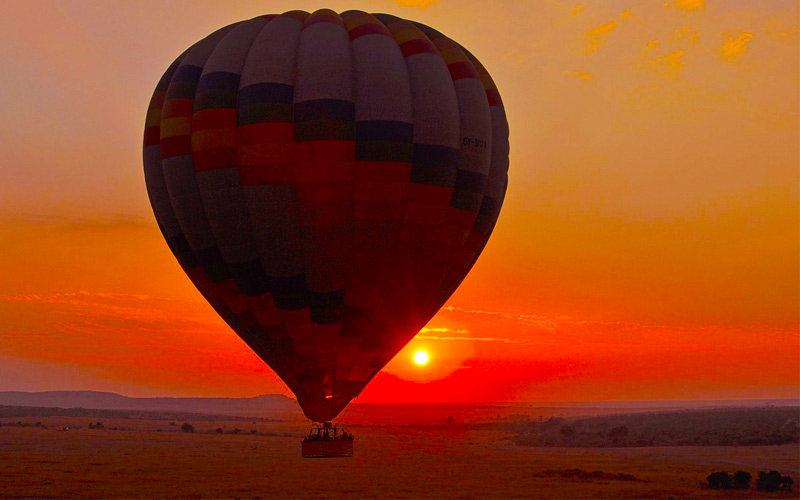Katavi National Park is the epitome of the road less travelled. As one of the lesser-visited national parks in Eastern Africa, this hidden gem is home to some of the biggest herds of large mammals in the world.
Since its creation in 1974, the most inaccessible tracks that lead to Katavi have deterred crowds of tourists and concealed the area as one of Africa’s best-kept safari secrets.
I visited Katavi with friends a month ago, and seeing its practically untouched landscape was a hauntingly beautiful experience.
In this article, I'll share my best tips for what makes Katavi so special, the best time to visit Katavi, the costs of a Katavi safari, how to get to Katavi, where to stay in Katavi, and the abundant wildlife in Katavi.
Let's crack on!
My Quick Takeaways:
Considering a visit to Katavi National Park? Here's what you need to know at a glance:
- Untouched Wilderness: As Tanzania's third-largest national park, Katavi spans approximately 4,471 square kilometres of open grasslands, forests, floodplains, and seasonal lakes. Its remote location ensures minimal tourist traffic, offering an unspoilt safari experience reminiscent of Africa centuries ago.
- Abundant Wildlife: During the dry season (June to October), as water sources dwindle, animals congregate around remaining pools. This period showcases iconic hippo gatherings, large buffalo herds, and increased predator activity.
- Birdwatcher's Haven: The wet season (November to April) attracts diverse migratory bird species, making it an ideal time for bird enthusiasts to visit.
- Accessibility: Due to its seclusion, access is primarily via scheduled flights from Arusha or Dar es Salaam, typically taking 4-5 hours. Overland travel is challenging and often impractical, especially during the wet season.
Accommodation Options:
- Chada Katavi Camp: Situated on the edge of the Chada Plain, offering an immersive wilderness experience with opportunities for fly-camping.
- Mbali Mbali Katavi: Located centrally with spectacular views of the Katisunga Plains, providing a remote safari experience.
- Katavi Wildlife Camp: Near the main airstrip, known for its personalised service and excellent views.
- Palahala Luxury Camp: Features spacious tents on wooden platforms, blending traditional safari ambiance with modern comforts.
Ready to discover more about Katavi National Park? Let's go!
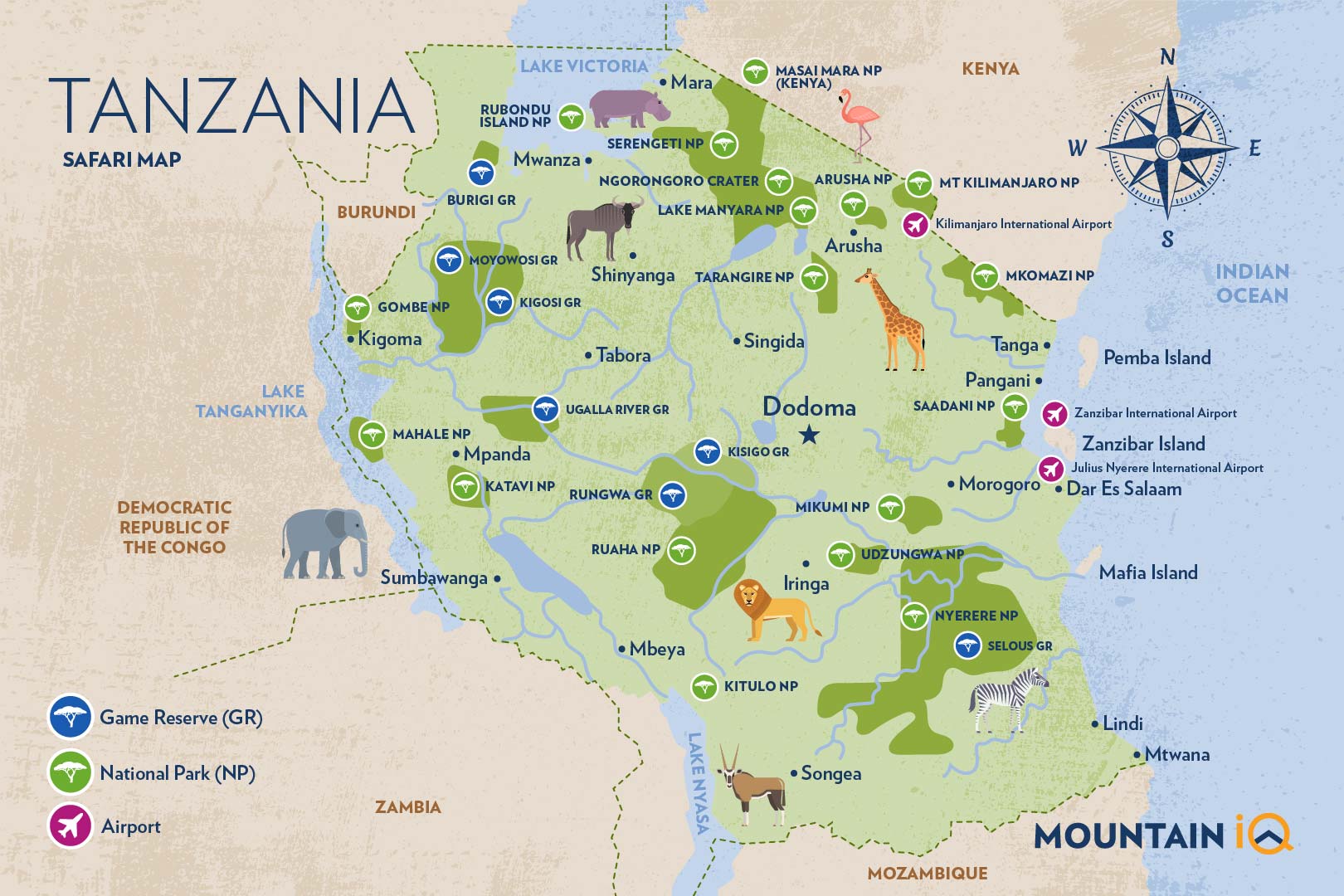
Before we dive into the Katavi National Park FAQs, why not first familiarise yourself with my super-helpful map of Tanzania above?
As you'll see, Katavi is all the way in Western Tanzania with Mahale Mountains National Park and Ugalla River Game Reserve (TAWA) being its closest neighbours.
Now, onto the Katavi National Park FAQs!
Katavi National Park FAQs
What makes Katavi National Park so special?
Katavi National Park is special for a number of reasons. A trip here reveals a wilderness so untouched and remote, that it almost takes you back in time.
As the third largest of the Tanzania national parks, Katavi is comprised of approximately 4,471 square kilometres of everything from open grasslands and forests to floodplains and seasonal lakes.
If you’re lucky enough to be one of the few hundred people who visit Katavi each year, you’re likely to encounter more wildlife than people on your trip.
The park offers an unspoilt wildlife experience that cannot be likened to anything of its time, but rather how Africa must have existed centuries ago – before human interference.
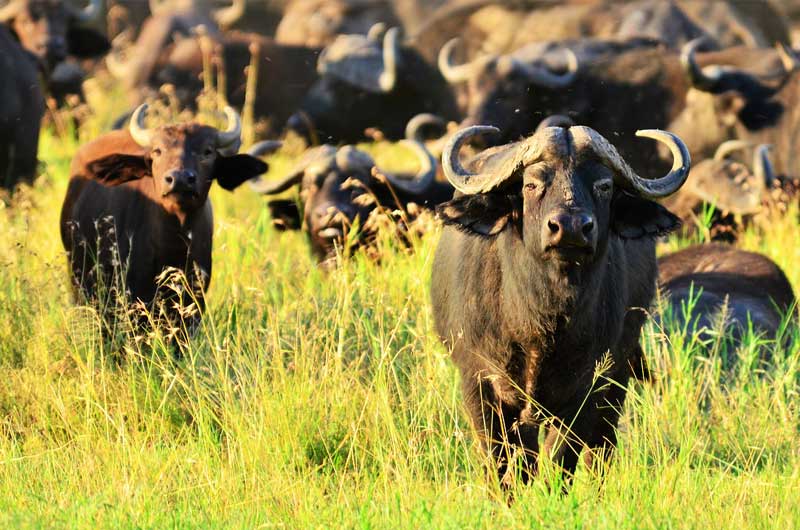
Katavi National Park got its name from a Wabende spirit called Katabi. Many believe the spirit lives in a tree near Lake Katavi and locals often visit the tree in search of its blessings.
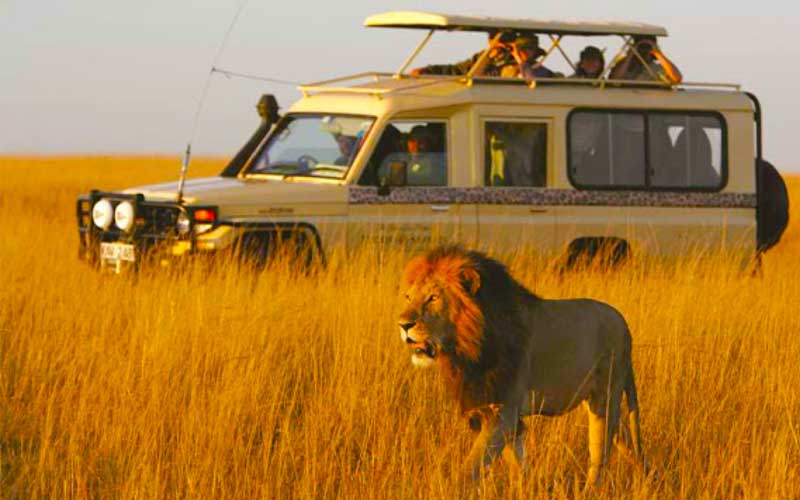
Plan your Safari experience
Check out these amazing deals on epic safari experiences now.
When is the best time to visit Katavi National Park?
The best time to visit Katavi National Park is undoubtedly during the dry season (June-October) in Tanzania.
This is because there is less rain and sparser vegetation, which means that tourists can spot more of the wildlife.
However, if you are an avid bird lover, visiting Katavi during the wet season (November-April) will be better because of the diverse migratory bird population in the park during this time.
As you might've already guessed, seasons in Tanzania are split into two periods: the dry season and the wet season.
Below is a complete breakdown of these seasons and the weather in Tanzania:
Dry Season (June-October) – Best Wildlife Sightings and More
Renowned as a dry-season safari park, Katavi offers everything from its best weather to its prime wildlife sightings from June-October.
As the park’s water sources dwindle and the floodplains retreat in the dry season, animals gather around the scattered pools of water that remain.
Katavi’s wildlife population comes alive in the dry season and the iconic hippo pools, herds of buffalo and predator sightings are at their peak.
During this time the grasslands are also thin and make wild spotting easier. A major bonus of the dry season is also the lowered risk of catching malaria due to fewer mosquitos.
Which tour? Here are 5 Serengeti safari tours I highly recommend:
- Group Camping Safari that includes Tarangire and Ngorongoro (4 days)
- Budget Serengeti Safari (5 days)
- Scenic Northern Tanzania Safari (7 days)
- Serengeti Trail that includes Ngorongoro (8 days)
- Best of Kenya and Tanzania (incl. 6 national parks) (12 days)
See more Serengeti safari deals.
Wet season (November-April) – Best Time for Bird Watching
Generally, I wouldn’t recommend visiting the Katavi in the wet season. There are, however, some advantages of travelling to the park during this time of year.
The wet season offers bird-watchers the chance to witness migratory species which make Katavi their seasonal home.
There is also the benefit of off-season rates and the chance to stay at camps many could have otherwise not been able to afford. An added bonus is that the scenery is spectacularly lush.
Travelling to the already remote Katavi becomes increasingly difficult during the wet season, however, and some roads become inaccessible.
Certain camps also close during the peak of the wet season (April-May).
Another disadvantage to consider is that instead of gathering around pools of water, most wildlife is dispersed during the wet season.
Malaria precautions should also be taken during this time as there are more mosquitos.
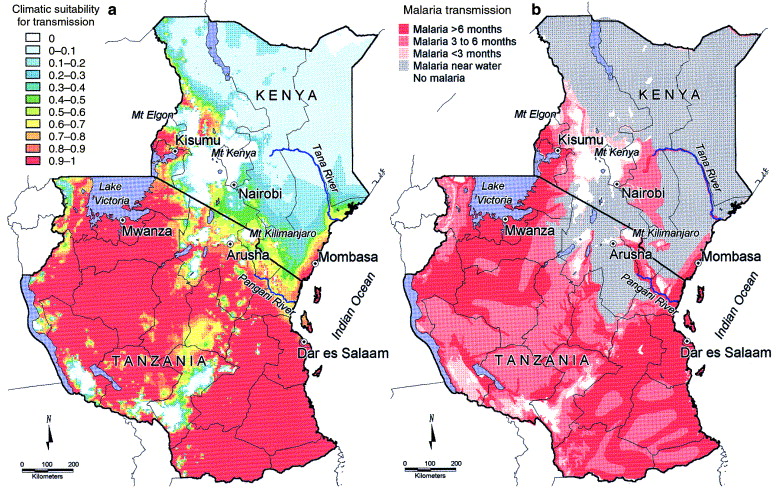
Please note: Malaria is a risk in Tanzania, so consult your doctor about medication options before setting off. Make sure to pack a first aid kit with necessities including band-aids, headache tablets and diarrhea medication.
The Weather in Katavi
There is, unfortunately, no escaping the heat in Katavi with temperatures around 20°C (68°F) at night and around 32°C (90°) during the day. The most notable change in the park’s climate takes place during the wet and dry seasons.
Wet season (November-April): The unrelenting heat of Katavi is accompanied by the park’s unforgiving humidity. It generally doesn’t rain throughout the day, but thundershowers can be expected most days.
Dry season (June-October): The month of May usually signifies the end of the rainy season with occasional showers. From June onwards rain is very rare. The temperature at night dips slightly during this time, but only to about 17°C (63°F). October marks the gradual return of humidity and occasional rainfall can start to be expected again.
See more info on the weather in Katavi and the best time of year to visit Tanzania.

Plan your Safari experience
Check out these amazing deals on epic safari experiences now.
How much does a safari to Katavi National Park cost?
A safari to Katavi National Park costs about $750 per person for a budget Tanzanian safari to $1750 per person for a mid-range to luxurious Tanzanian safari. These costs take other factors like accommodation, meals, transportation and sight-seeing activities into account.
For specialised activities like game drives or walking safaris in Katavi, you can expect to pay between $40-$60 per person as an additional cost.
Because Katavi is relatively small, most tourists also like arranging combined safari tours starting in Arusha to neighbouring parks like Ugalla and Mahale.
Find out more about the average cost of a safari in Tanzania for your next and best safari tour of Tanzania.
What's the easiest way to get to Katavi National Park?
The easiest way to get to Katavi National Park is via one of two scheduled flights that run weekly from the town of Arusha or the capital city of Dar es Salaam. This flight can take anywhere between 4-5 hours and is operated by Safari Air Link.
From Kilimanjaro International Airport (KIA), Arusha is a 46 kilometres (29 miles) drive. Usually, a driver will be arranged as part of your safari package.
The only option to travel to Katavi National Park via vehicle involves an incredibly arduous three day 4×4 mission, which can be especially daunting in the wet season as many roads become inaccessible.
The scheduled flights to Katavi National Park are quite costly (anywhere from US$350 each way), so travellers usually combine this with a trip to the Mahale Mountains National Park – one of the best places in the world to encounter chimpanzees.
With their ‘way out West’ locations in Tanzania, getting to both parks is part of the challenge and makes reaching the destination all the more satisfying.
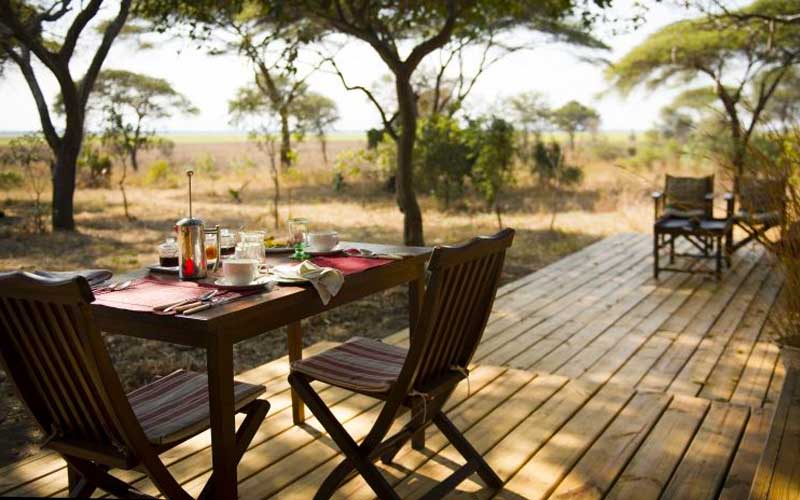
Chada Katavi Camp
Where can I stay in Katavi National Park?
There are only a handful of places to stay in Katavi National Park, and they will all impact the cost of your safari here. With that said, there are a few popular options:
- Chada Camp, also known as the Chada Katavi Camp. Set on the edge of the Chada Plain with the backdrop of the Katavi woodlands, this camp offers an immersive wilderness experience. Staying at the Chada Camp also comes with the unique opportunity to book a fly-camping trip – a unique experience that combines a remote overnight experience with a guided walk.
- The Mbali Mbali Katavi (previously known as the Katuma Lodge), located in the centre of the park. With its spectacular views of the Katisunga Plains, this tented camp offers a truly remote safari experience.
- Katavi Wildlife Camp, also set with the backdrop of the Katisunga Plains and provides one of the best views in the park. This camp is close to one of the main airstrips and is esteemed for the personal feel it provides.
- Palahala Luxury Camp, another popular option that provides eight spacious tents on wooden platforms. While the camp provides the old-fashioned safari experience, it also takes glamping to new heights with its unique touch of luxury.
See more info on the best options for camping and safaris in Tanzania.

Plan your Safari experience
Check out these amazing deals on epic safari experiences now.
What animals can I see in Katavi National Park?
There are lots of animals to see in Katavi National Park. As water levels dwindle with the dry season months (June-October) and floodplains retreat, Katavi truly comes to life.
Animal-viewing generally centres around the lifeline of the park – the Katuma River, with Lake Katavi and Lake Chada being seasonal floodplains only.
As the mighty river is reduced to a string of muddy pools, animals are drawn by the hundreds to the only remaining drinking water of the park.
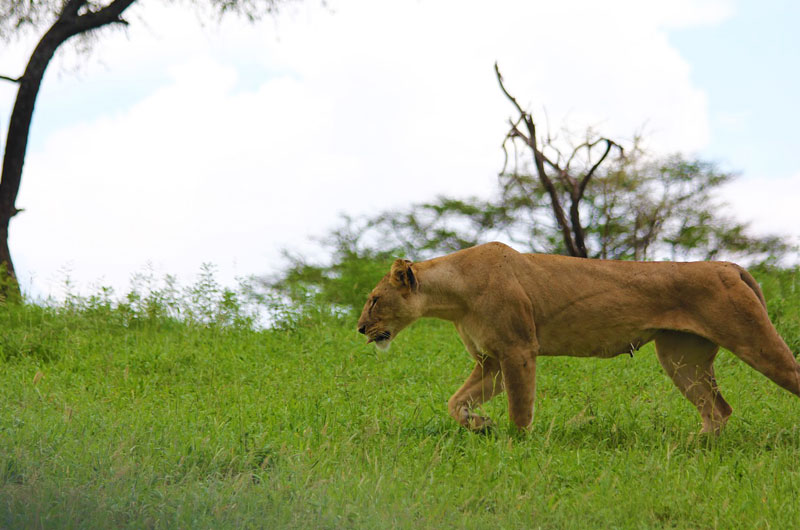
Hippopotamus Spectacle
The dense, marshy floodplains of the park are home to Tanzania’s densest concentration of crocodiles and hippos.
As these floodplains retreat during the dry season, the sight of hippos by their hundreds cramming into dwindling pools is truly a spectacle to witness.
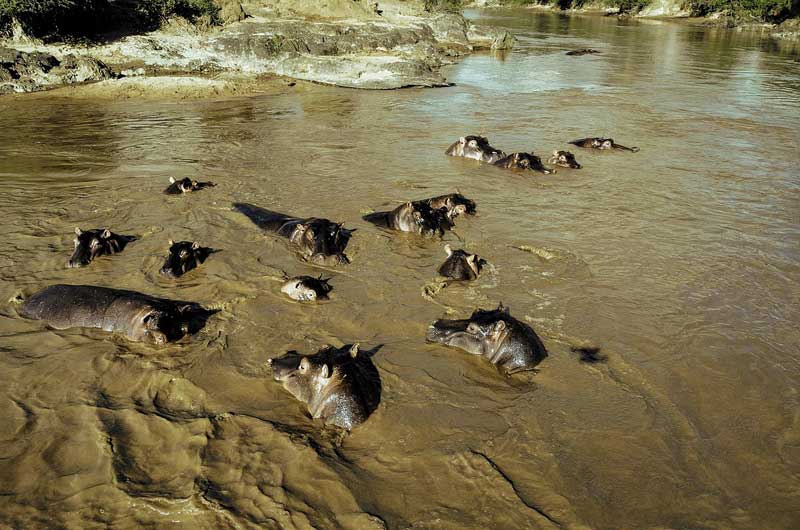
Few sundowner locations can compete with the view of watching up to 600 hippos gather in a dense formation, with the added excitement of witnessing untamed territorial battles break out. Large crocodiles are also easily spotted basking in the sun or lazing around in the muddy pools.
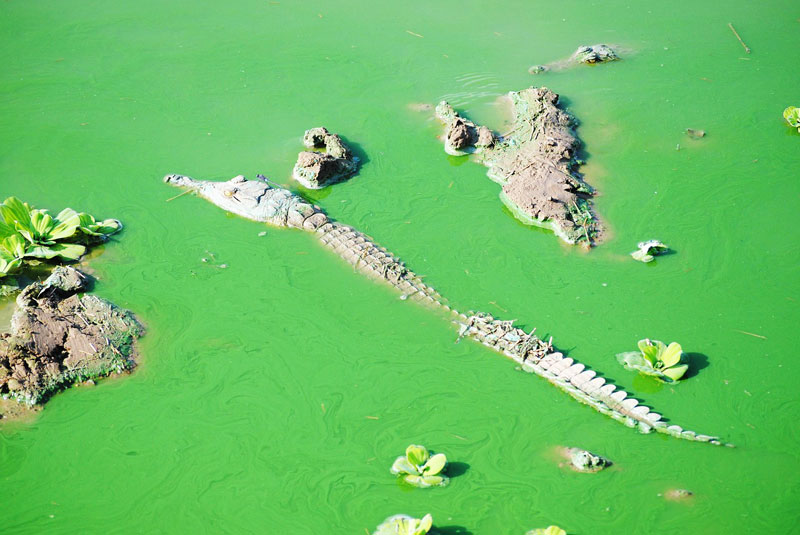
Other Great Wildlife Sightings
Katavi offers safari-goers the chance to spot four of the Big Five, namely elephants, buffalo, lions and leopards. Most animals are spotted in what is described as the heart of the park – the Katisunga Plain.
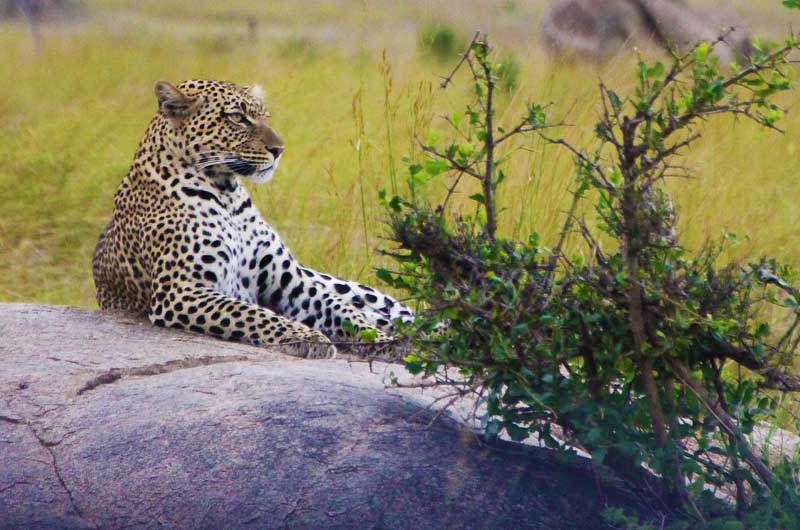
The fascinating size of the mammals in the park is only outmatched by the sheer number that they gather in.
The plains of Katavi are home to some of the planet’s biggest concentrations of everything from buffalo, elephants and giraffes, to predators like lions, hyenas and cheetahs.
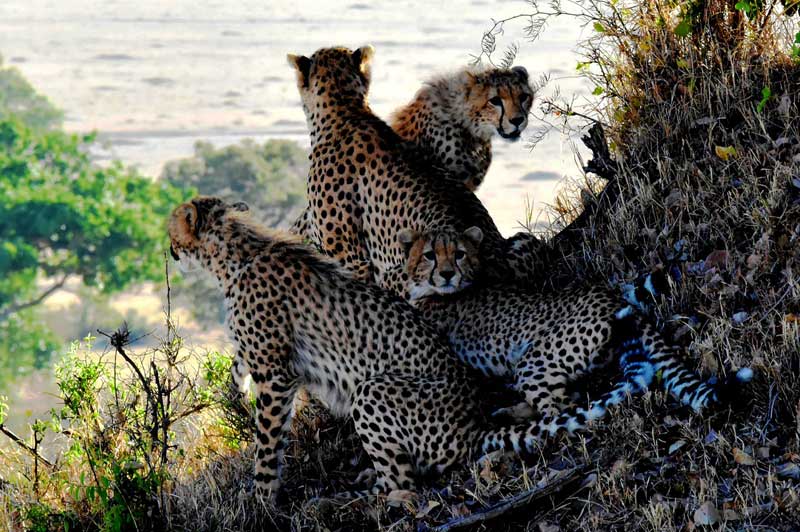
It is not unusual to see a super-herd of up 1,000 buffalo roam the Katavi plains in search of water. The park also boasts a healthy population of over 3,000 elephants.
With an abundance of antelope to choose from, predators like lions and spotted hyenas can often be spotted lurking across the grasslands in search of their next meal. Cheetah and leopards are harder to spot and generally shy away from safari vehicles.
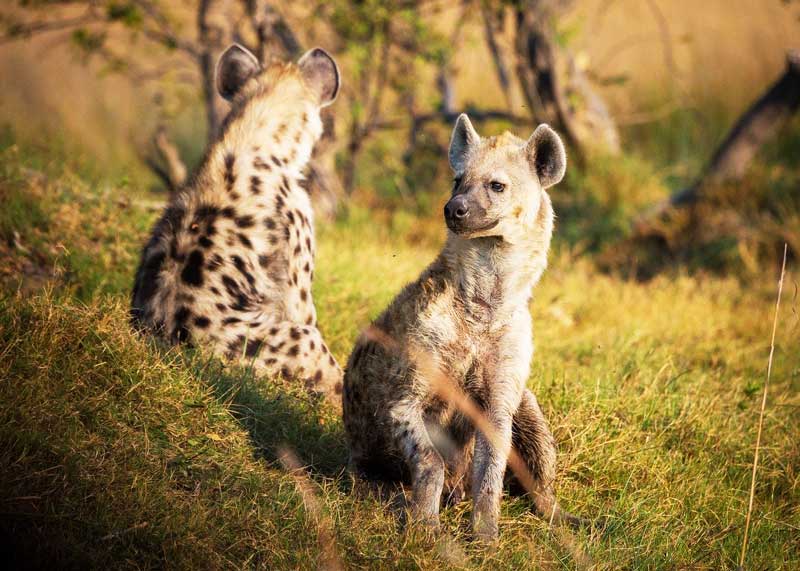
Birdwatching
The Katavi National Park is home to more than 400 species of birds. With the Katavi being a classic dry season park, most travellers who come during this time miss the peak of bird season.
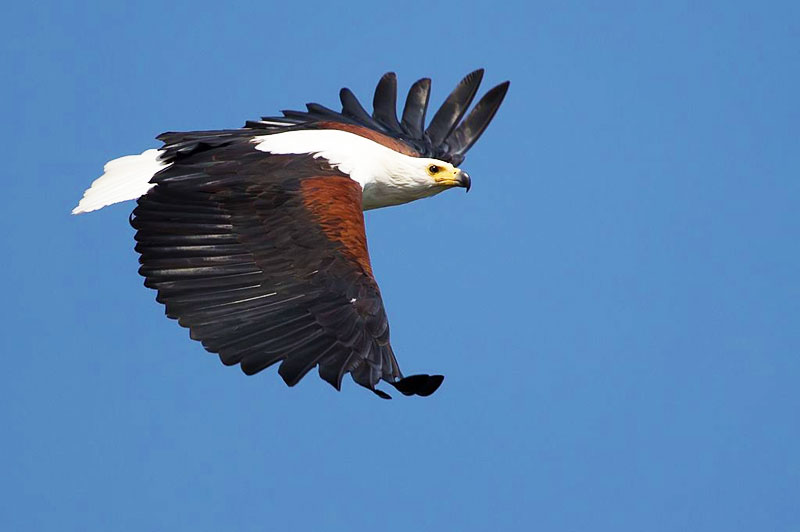
African fish eagle
Fortunately, the Katuma River attracts water-associated birds all year round. Common sightings include the African fish eagle, African openbill, Lilac-breasted roller, Pink-backed pelican and yellow-billed stork.
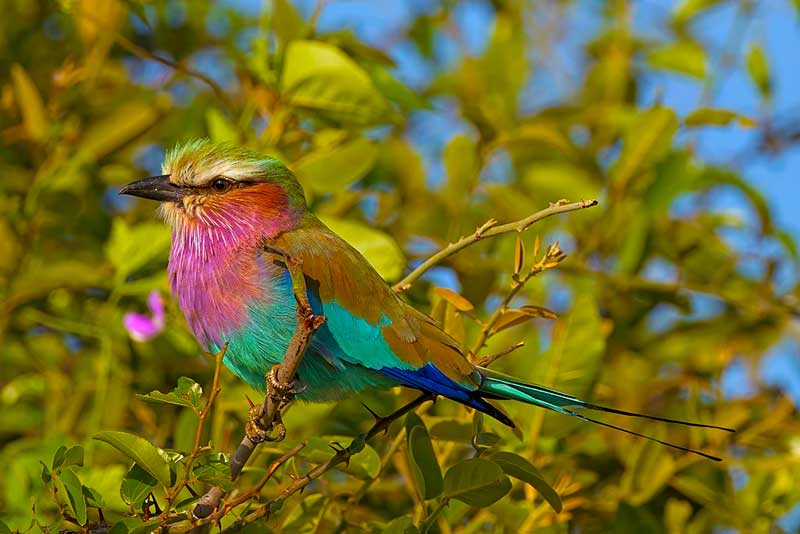
Lilac-breasted roller
During the rainy season (November-April), migratory birds from Europe and Northern Africa arrive. While this is considered the ideal time for birdwatching, access to Katavi becomes increasingly difficult and many camps close during the rainy season.

Plan your Safari experience
Check out these amazing deals on epic safari experiences now.
My Final Thoughts
And that's a wrap on my best tips for Katavi National Park! I hope you find time to get lost in this timeless wildlife habitat deep within the illustrious western Tanzanian landscape.

